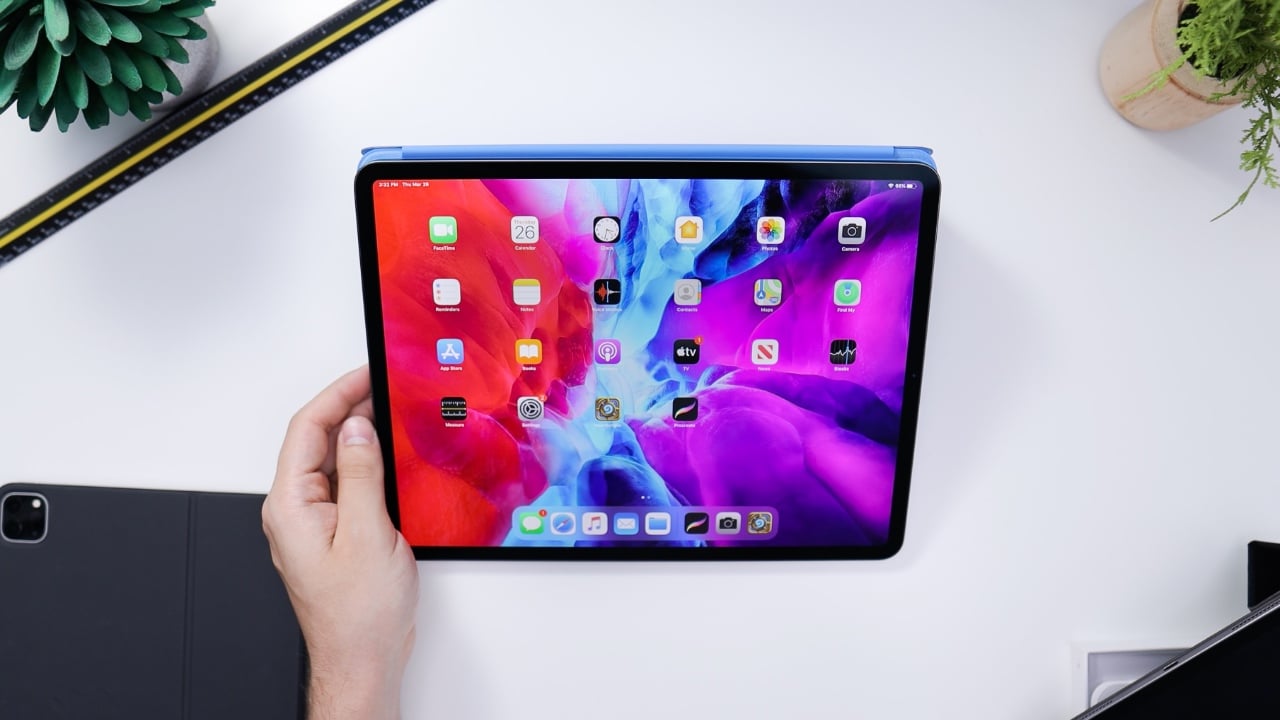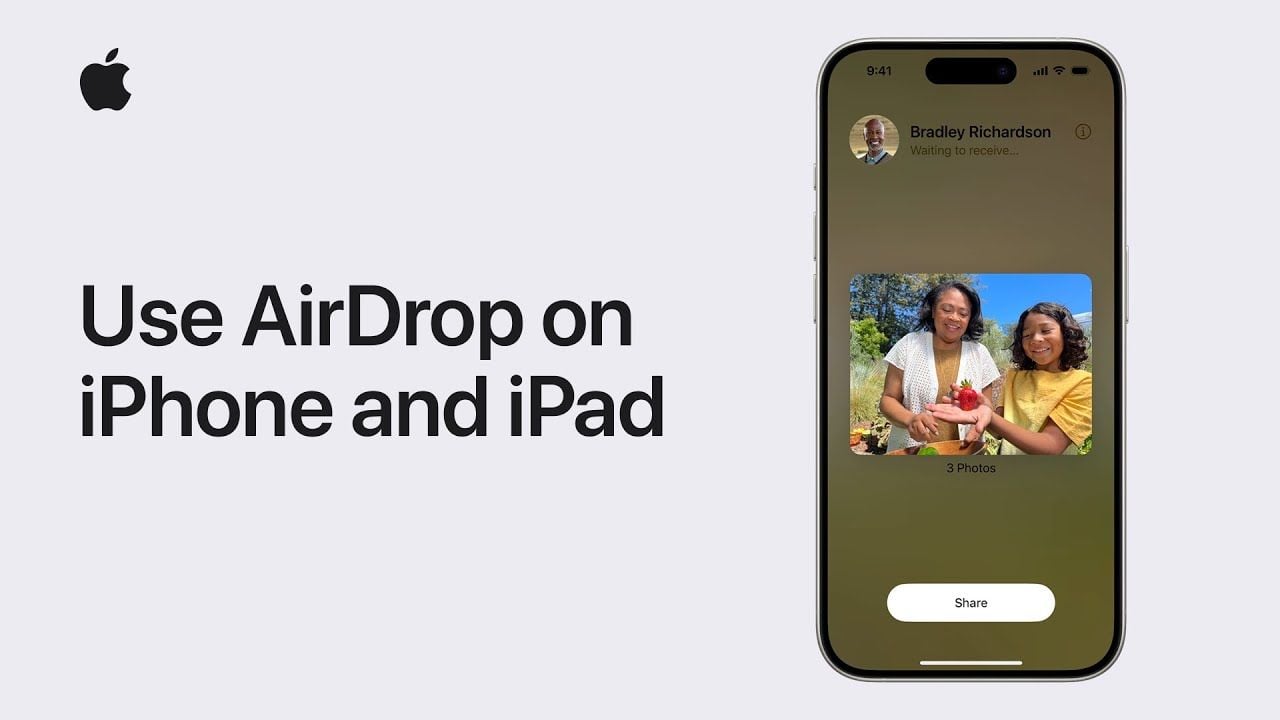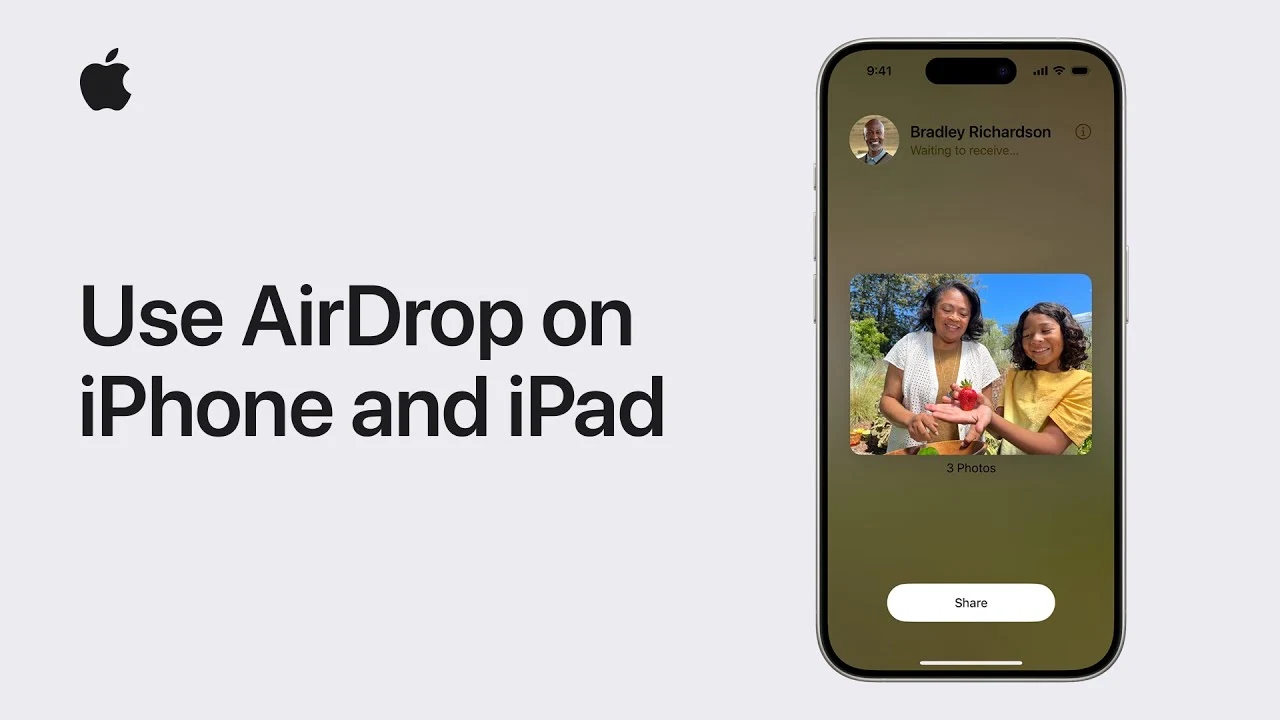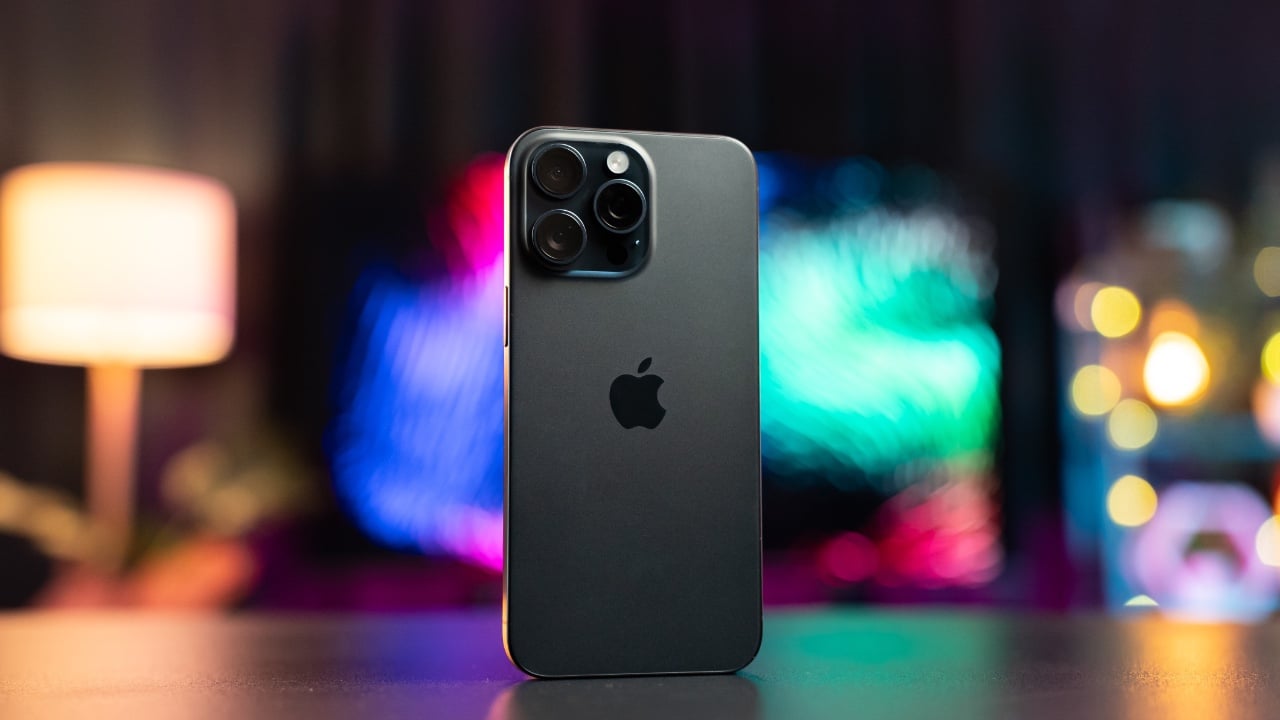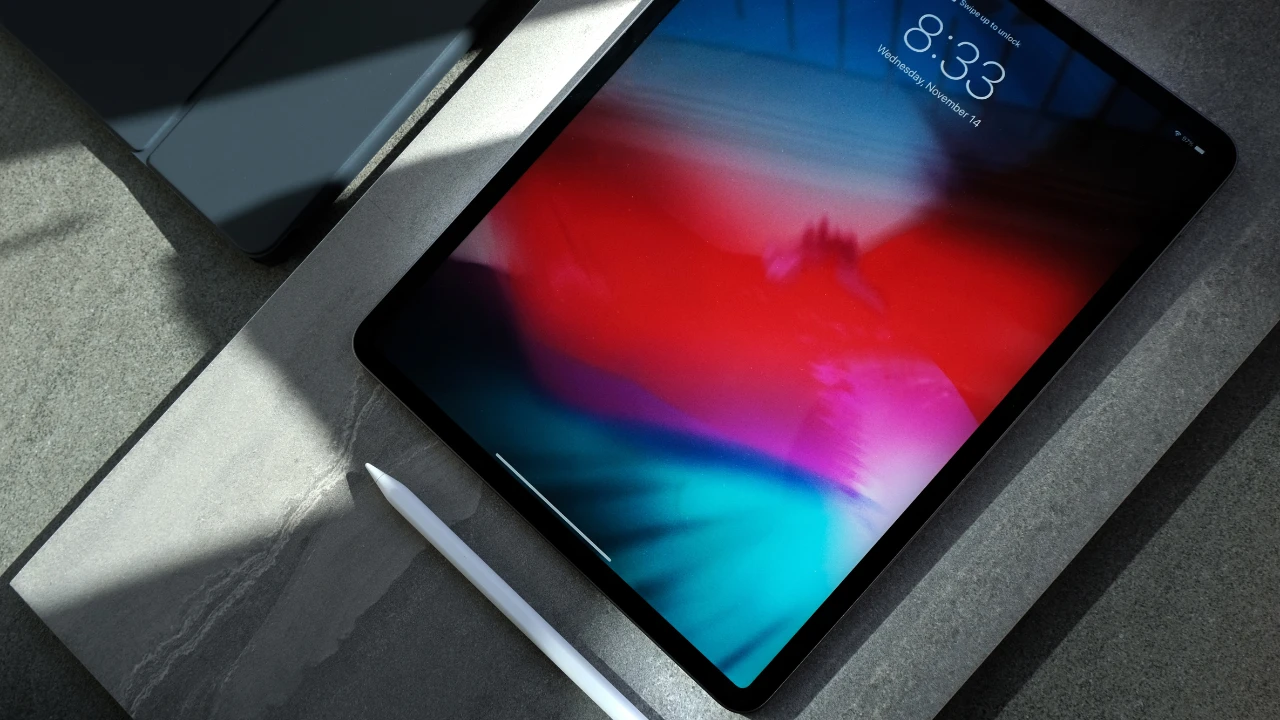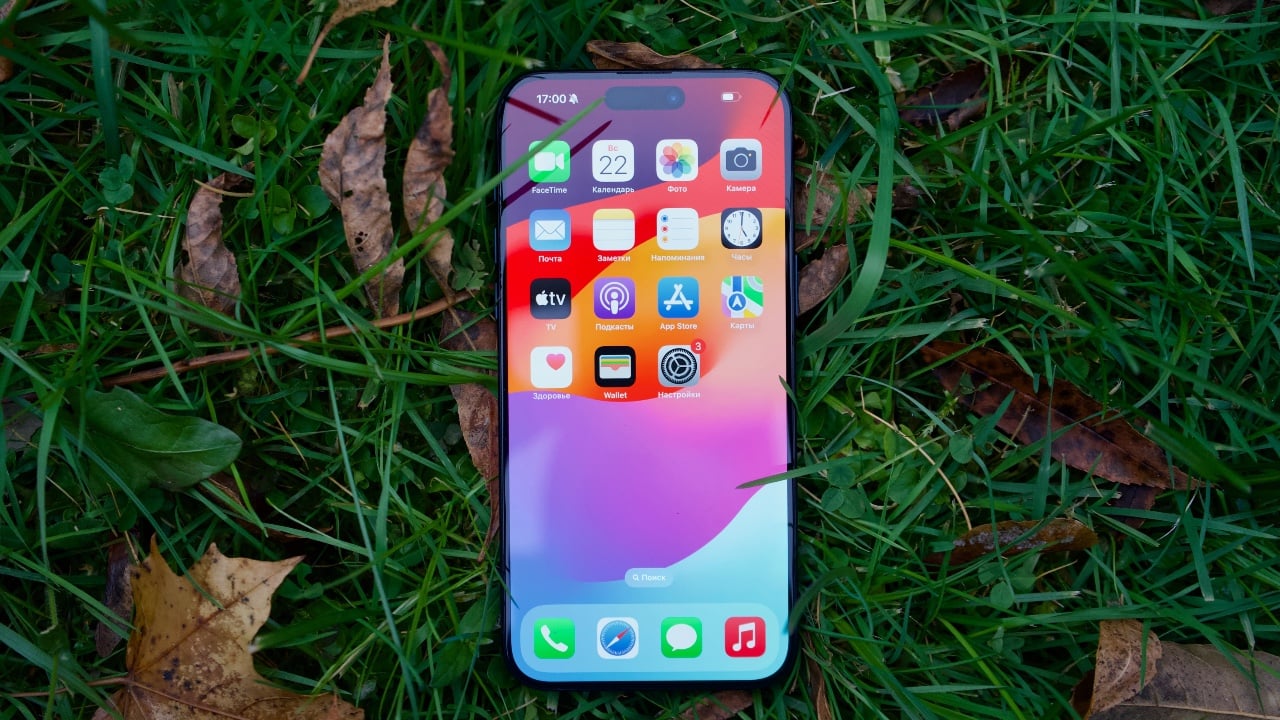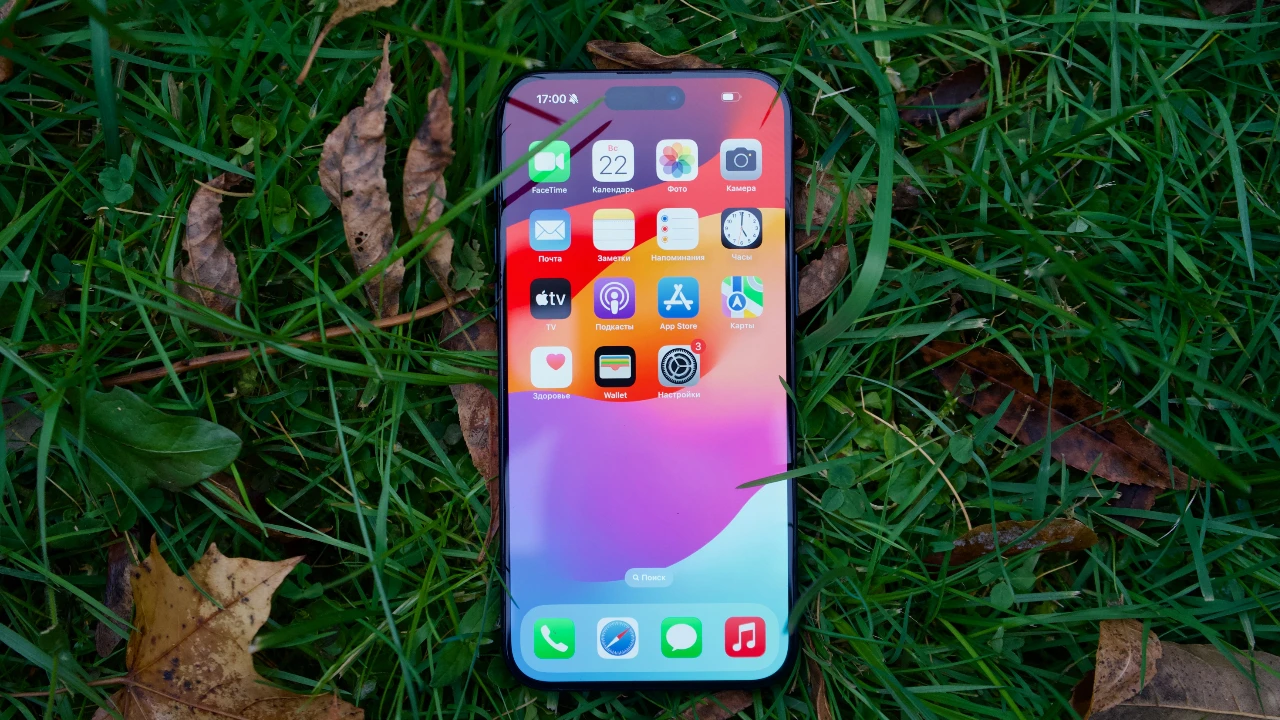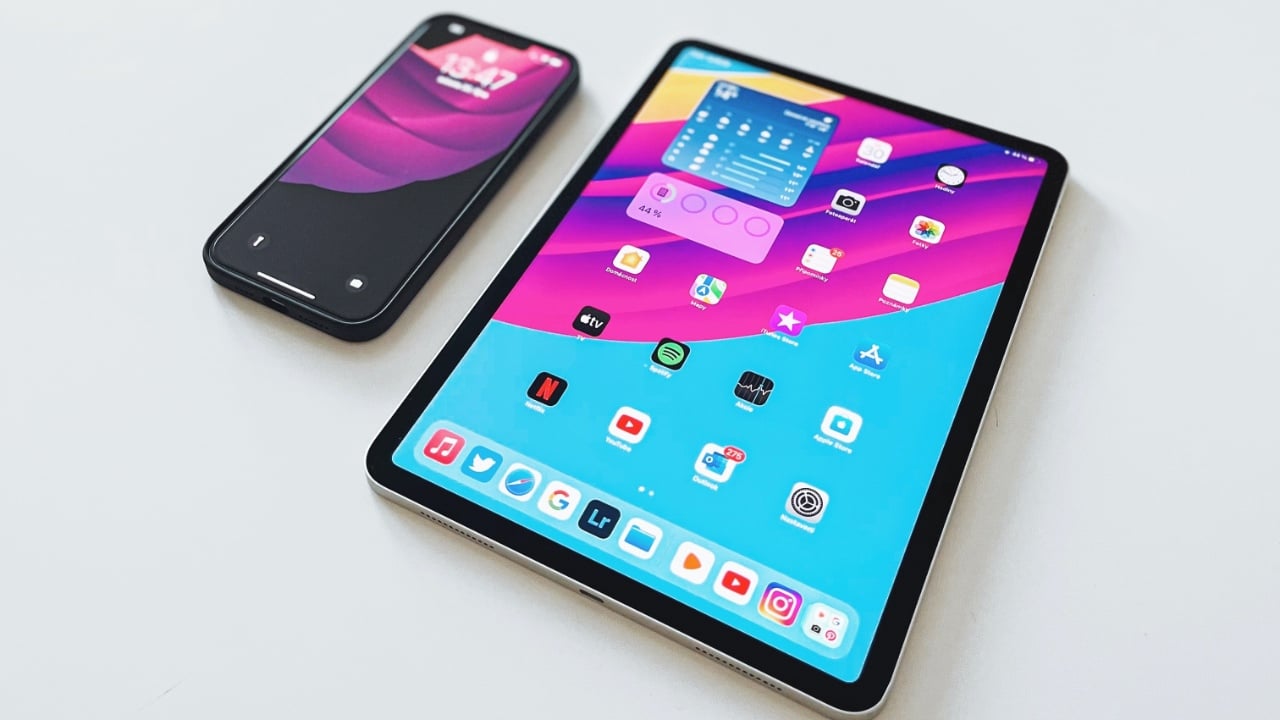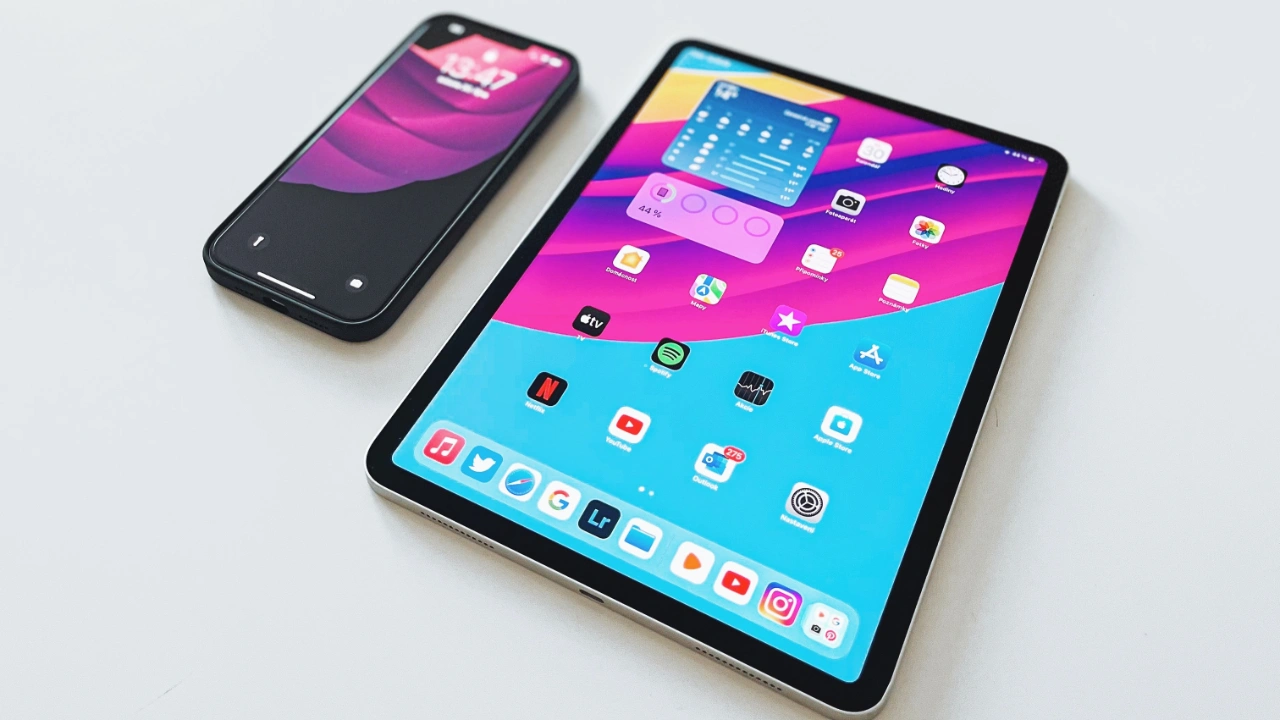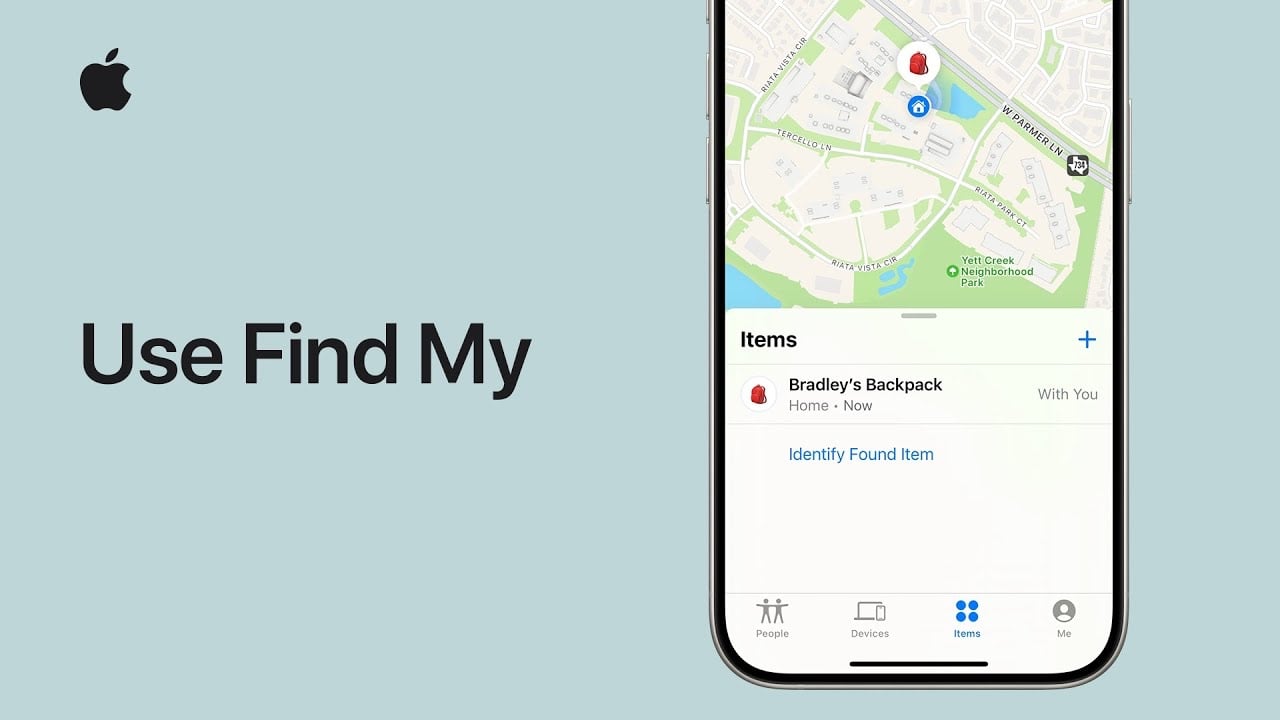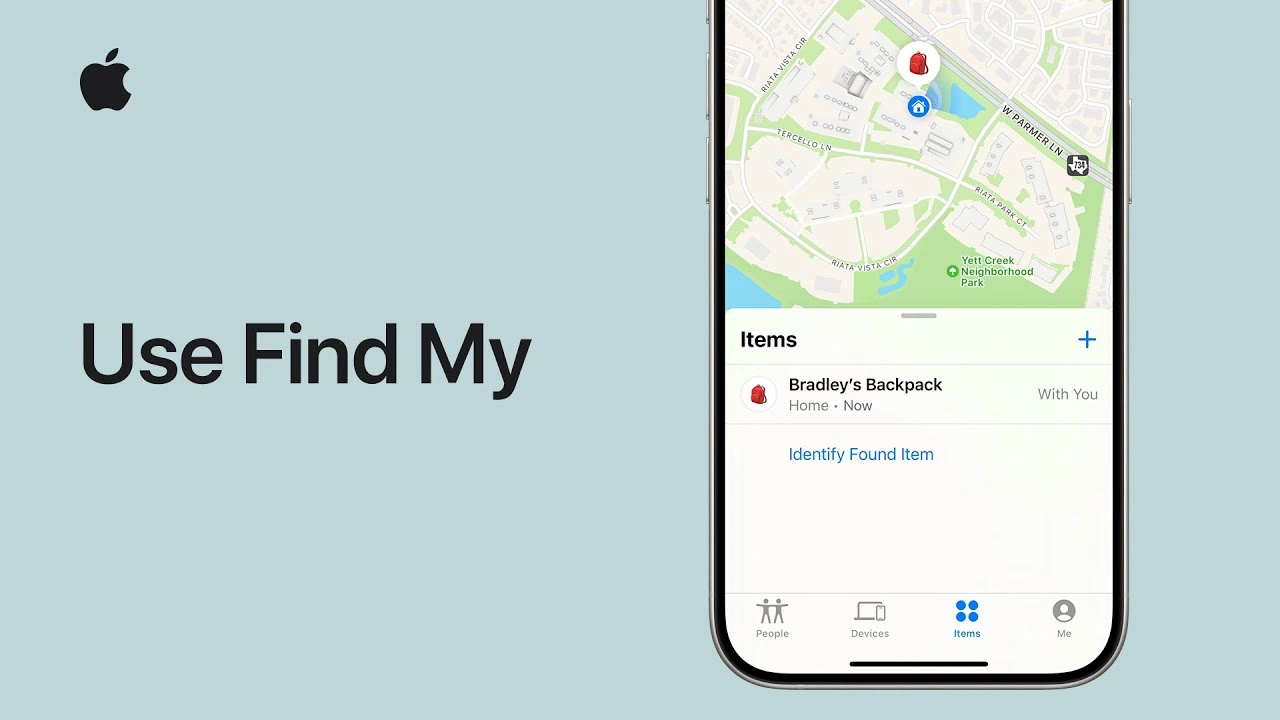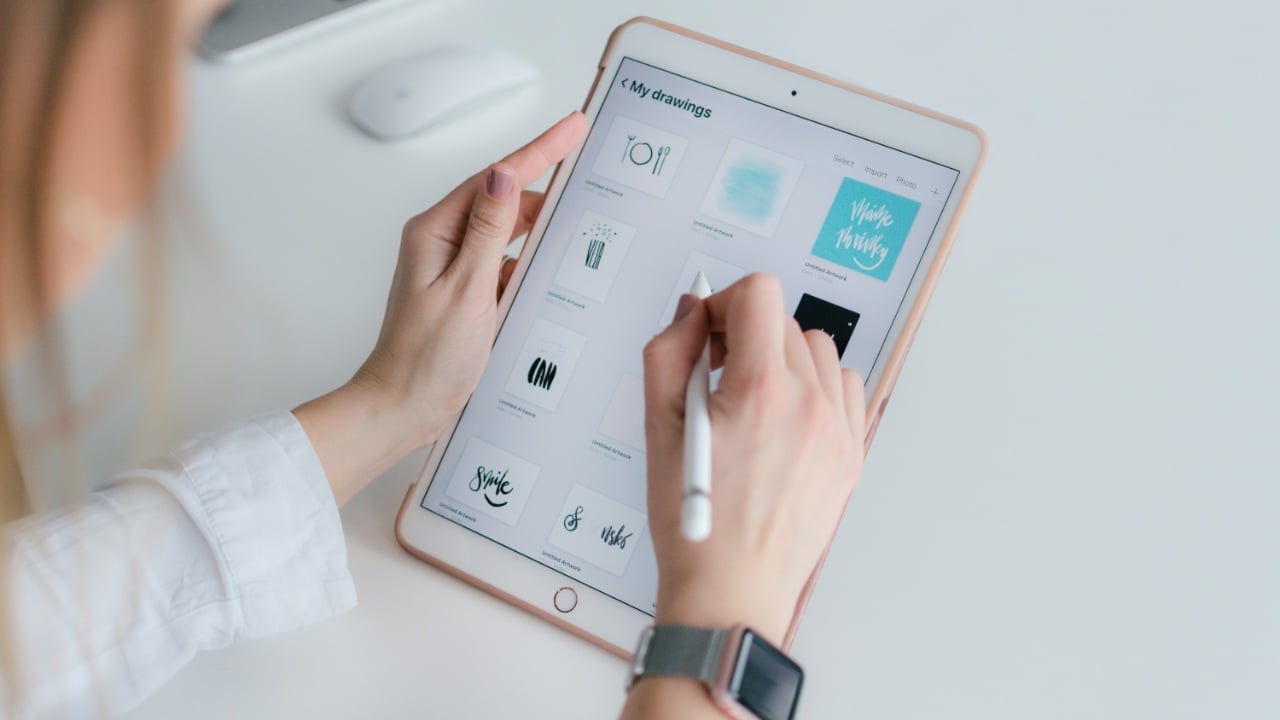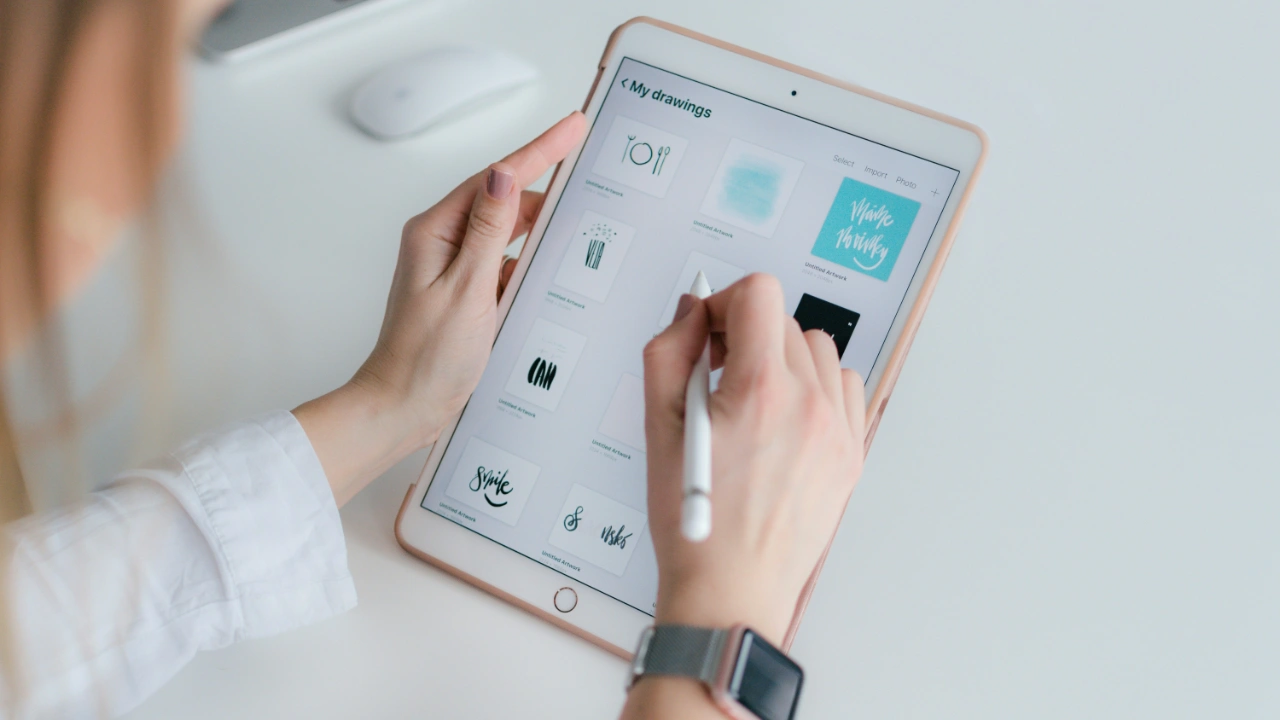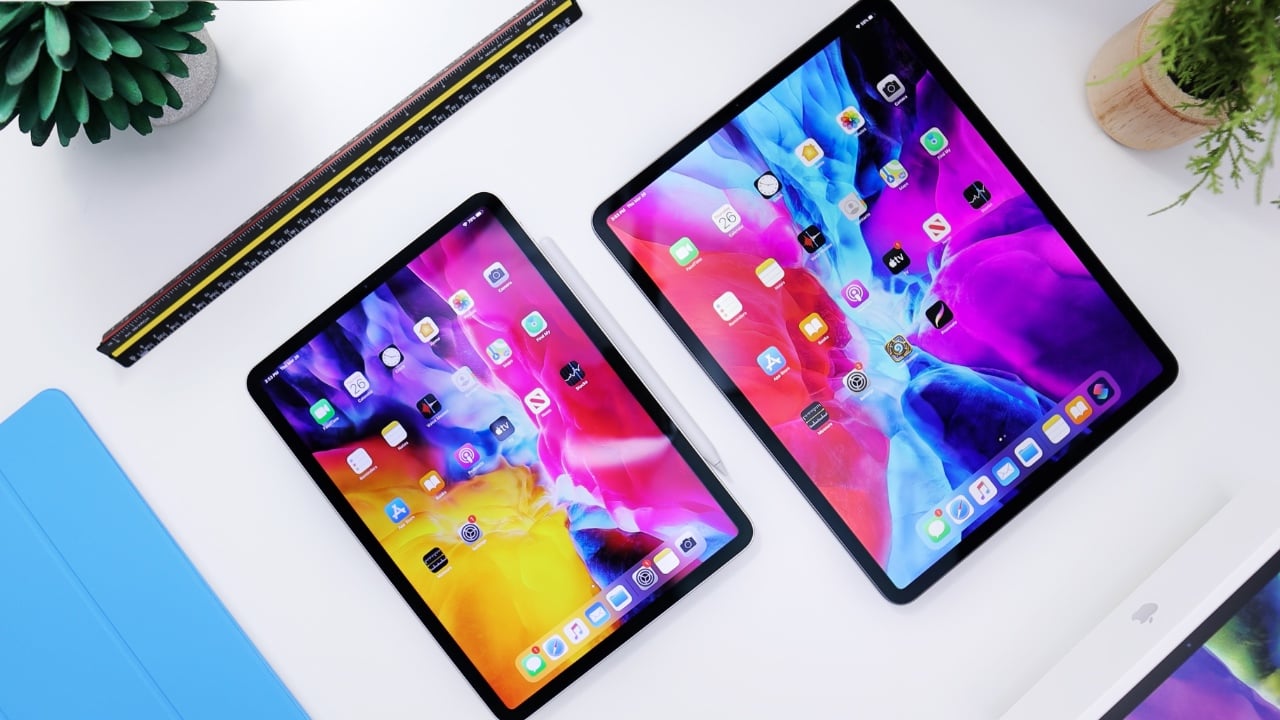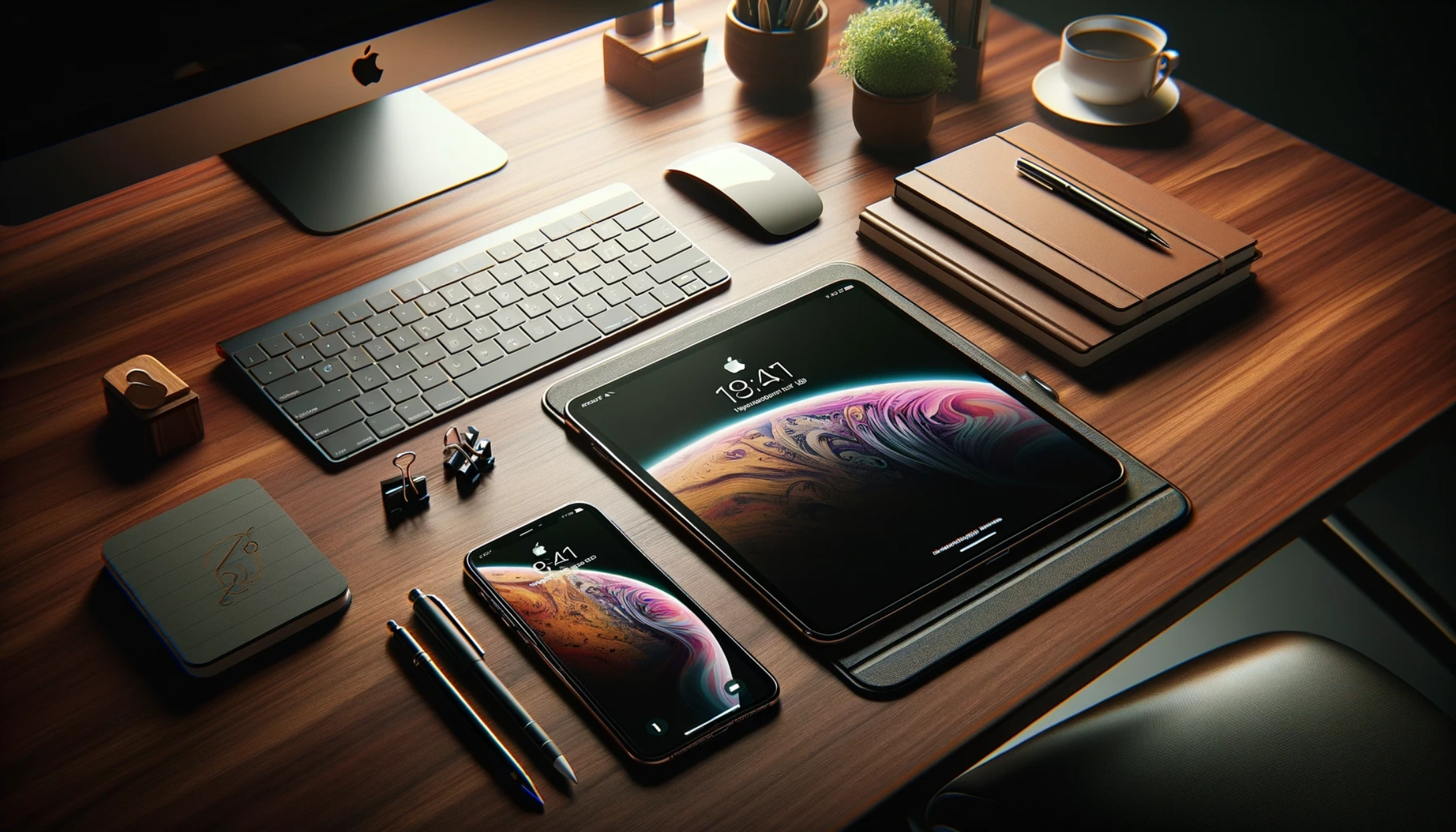The arrival of a new iPad is an exciting moment, marking the beginning of a journey into a world of enhanced productivity, entertainment, and creativity. However, setting up a new device can often be a daunting task, filled with unfamiliar options and technical jargon. Fear not, for this comprehensive guide will transform the setup process into a seamless and enjoyable experience.
Preparation: Gathering Essentials and Ensuring Compatibility
Before diving into the setup process, it’s essential to gather the necessary items to ensure a smooth experience:
- Power Source: The iPad’s charging cable is crucial for powering up the device and ensuring it remains energized throughout the setup process.
- Wi-Fi Connection: A reliable Wi-Fi connection is required to download updates, install apps, and sync data with iCloud.
- Apple ID: If you don’t already have an Apple ID, you’ll need to create one to access the App Store, iCloud, and other Apple services.
- Existing iPad or iPhone: If you have another compatible device, you can use Quick Start to transfer data and settings to your new iPad seamlessly.
Step 1: Turning On Your New iPad
- Press and hold the Sleep/Wake button on the top edge of the iPad until the Apple logo appears.
- Follow the on-screen instructions to complete the initial setup, which includes language selection, region, and Siri voice options.
- Connect to Wi-Fi: Tap on the “Wi-Fi” field and select your preferred network. Enter the network password and tap “Join.”
Step 2: Using Quick Start for a Seamless Transfer
- If you have another compatible iPad or iPhone with an active internet connection, you can use Quick Start to quickly transfer data and settings to your new iPad.
- Place your new iPad near the existing device.
- On the new iPad, tap “Set Up Manually” and then choose “Quick Start.”
- On the existing device, follow the on-screen instructions to scan the QR code displayed on the new iPad.
- Authenticate the transfer by entering your passcode on the existing device.
Step 3: Setting Up Your Apple ID and iCloud
- Your Apple ID serves as your digital passport to the Apple ecosystem, allowing you to access apps, purchase content, and sync data across your devices.
- If you already have an Apple ID, enter your email address and password.
- If you don’t have an Apple ID, create one by providing a valid email address and creating a strong password.
- Review and accept the Apple Terms and Conditions.
- Turn on iCloud Drive to automatically sync your documents, photos, and other data across your Apple devices.
Step 4: Personalizing Your iPad Experience
- Choose a passcode to secure your iPad and prevent unauthorized access.
- Set up Face ID or Touch ID for convenient device unlocking and app authorization.
- Customize your wallpaper to personalize the look and feel of your iPad.
- Adjust display settings such as text size, brightness, and color temperature to suit your preference.
- Enable or disable notifications from apps and services based on your preferences.
- Install essential apps from the App Store, including productivity apps, entertainment providers, and social media platforms.
Step 5: Enjoying Your New iPad
Once the setup process is complete, you’re ready to explore the vast world of possibilities offered by the iPad. From browsing the web to creating stunning artwork, the iPad empowers you to work, play, and learn in ways never before experienced. Embrace the freedom and versatility that your new iPad has to offer, and embark on a journey of endless possibilities.
With your new iPad now fully set up and customized to your liking, you’re ready to embark on a journey of enhanced productivity, limitless creativity, and unparalleled entertainment. Whether you’re a student seeking to enhance your learning experience, a professional striving for greater efficiency, or a creative individual seeking to express your artistic vision, the iPad offers an unparalleled platform to achieve your goals.
As you explore the vast array of apps, features, and services available on the iPad, remember to embrace the flexibility and adaptability that this remarkable device provides. The iPad is a tool that can evolve alongside your needs and aspirations, transforming seamlessly from a powerful productivity powerhouse to a source of inspiration and entertainment.
So, grab your new iPad, connect to the world of endless possibilities, and prepare to unlock your full potential. With the iPad by your side, the journey of innovation, creativity, and achievement awaits.
Here are some other iPad articles you may find helpful:
Image Credit: Daniel Romero

